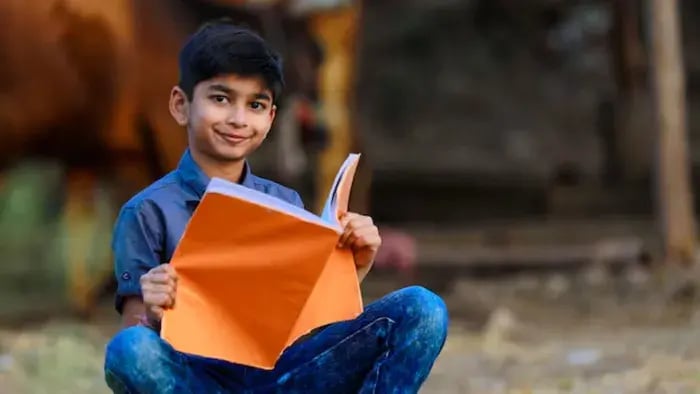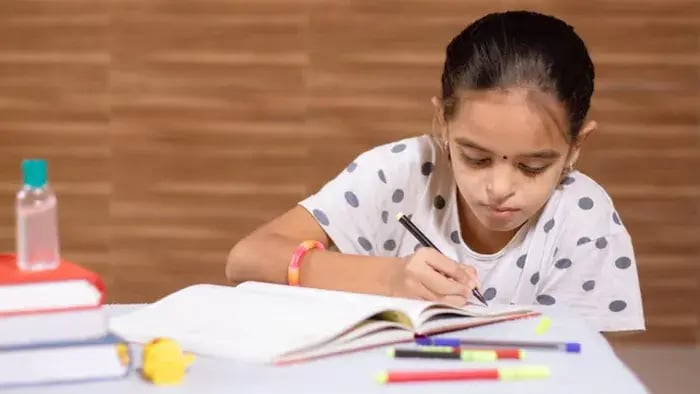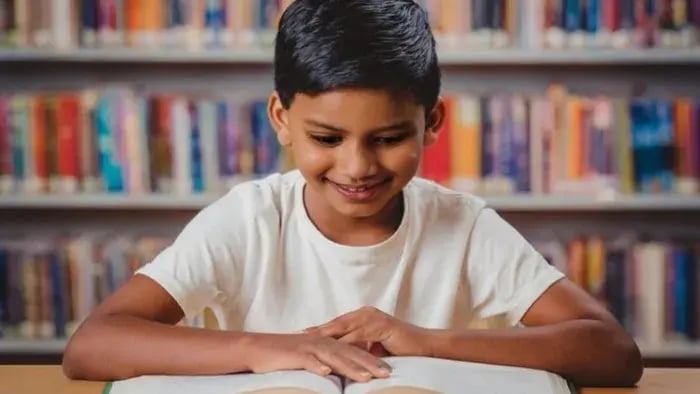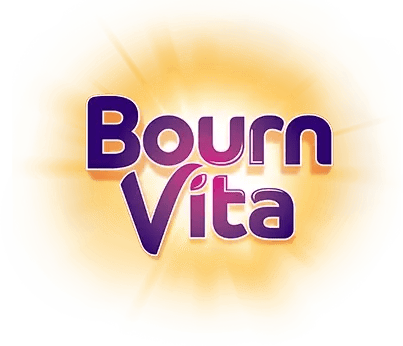- Which Planet Is Known as the Red Planet?
- Who Was the First Prime Minister of India?
- Which Is the Largest Ocean in the World?
- How Many Players Are There in a Cricket Team?
- Who Invented the Light Bulb?
- Which Is the National Animal of India?
- How Many Days Are There in a Leap Year?
- Who Wrote the National Anthem of India?
- Which Gas Do Humans Breathe In to Stay Alive?
Introduction

“Which planet is known as the Red Planet?” “Who wrote the national anthem of India?” “What is the fastest land animal?” Simple questions like these can light up a child’s face with excitement. Quizzing is about curiosity, discovery, and the thrill of learning something new.
General knowledge helps children connect with the world around them. Every question opens a window to history, science, geography, or everyday facts, making learning feel like an adventure. Kids love the challenge because it turns learning into play. Even when they don’t know the answer, the joy of discovering something new makes them eager to learn more.
GK sessions can also become a lively family activity. A quick round of quiz questions after dinner or during a car ride can spark laughter, healthy competition, and shared learning. Over time, these fun challenges improve memory, build confidence, and encourage children to think creatively. With regular practice, GK becomes a way for kids to stay curious, confident, and connected to the world.
9 Questions That Spark Curiosity and Learning in Kids

General knowledge questions encourage children to think beyond their textbooks and connect facts with the world around them. They stimulate curiosity, improve memory, and help kids feel confident when sharing what they know. These questions cover a wide variety of topics, from science and geography to history and culture, making learning playful and exciting.
The following nine questions are designed to challenge young minds while keeping the experience fun. Each one introduces valuable information, builds awareness, and creates an opportunity for meaningful discussion.
Which Planet Is Known as the Red Planet?
The answer is Mars, famously called the Red Planet because of its reddish surface, caused by iron oxide or rust in the soil. Learning about Mars introduces children to space science and builds curiosity about planets, astronauts, and space missions. It also sparks questions about life on other planets and why Mars is studied so closely by scientists.
Who Was the First Prime Minister of India?
The answer is Pandit Jawaharlal Nehru, who took office in 1947 after India gained independence. Knowing this helps children understand the early years of India’s freedom and the importance of leadership in building a nation. Nehru’s vision for education and children’s growth is also why his birthday is celebrated as Children’s Day in India.
Which Is the Largest Ocean in the World?
The answer is the Pacific Ocean, covering more than 30% of Earth’s surface. It holds the deepest point on Earth, the Mariana Trench, and is home to countless marine species. This question introduces kids to geography while teaching them about water’s role in climate, trade, and biodiversity. It also makes them more aware of oceans as a shared resource that must be protected.
How Many Players Are There in a Cricket Team?
The answer is 11 players, a fact that connects directly to India’s most loved sport. This question highlights teamwork, discipline, and fair play—all essential life skills. By learning about cricket, children also understand the importance of strategy, patience, and practice in achieving goals. It’s a reminder that sports strengthen values like respect and cooperation.
Who Invented the Light Bulb?
The answer is Thomas Edison, who created the practical light bulb in 1879. This invention transformed the way people lived, allowing work and study even after sunset. Teaching this to children shows the power of innovation and persistence, as Edison faced many failures before success. It inspires kids to see mistakes as part of learning and to value creativity in solving problems.
Which Is the National Animal of India?
The answer is the Bengal Tiger, chosen for its strength, courage, and elegance. This question introduces children to the importance of wildlife conservation, as tigers are an endangered species. It also highlights India’s biodiversity and the pride associated with national symbols. By knowing this, children become more aware of their responsibility to care for nature and its creatures.
How Many Days Are There in a Leap Year?
The answer is 366 days, as February gains an extra day once every four years. This fact teaches children about calendars, astronomy, and Earth’s orbit around the sun. It can lead to discussions about how time is measured and why leap years are necessary to keep our calendar accurate. For kids, it’s also a fun way to explore the uniqueness of birthdays on February 29.
Who Wrote the National Anthem of India?
The answer is Rabindranath Tagore, the Nobel Prize-winning poet and writer who composed “Jana Gana Mana.” Learning this builds cultural awareness and respect for literature, poetry, and music. It also teaches children the importance of unity, as the anthem represents the diverse voices of India. By knowing who wrote it, children gain a deeper connection to their identity as Indians.
Which Gas Do Humans Breathe In to Stay Alive?
The answer is Oxygen, the most essential gas for human survival. This question introduces children to basic science about breathing, the human body, and the environment. It also highlights the importance of trees and clean air, encouraging eco-friendly habits from a young age. Understanding this simple fact helps kids value nature as a vital part of life.
Conclusion

GK questions are stepping stones to knowledge, awareness, and curiosity. By exploring questions about science, history, geography, and culture, your child learns to see the world as an exciting place full of answers waiting to be discovered. Each new fact adds to their confidence, sparks new interests, and encourages a love for lifelong learning. With regular practice, GK becomes not just a subject but a way of thinking that helps children grow into curious, informed, and thoughtful individuals.
Her love for storytelling began with reading her grandfather’s speeches, where Tarishi saw the power of words in creating lasting memories. Combining her passions for food and writing, she has turned her life into a fulfilling path of sharing stories that celebrate flavours and how food brings communities together.
The views expressed are that of the expert alone.
The information provided in this content is for informational purposes only and should not be considered a substitute for professional medical advice, diagnosis, or treatment. Always seek the advice of your physician or another qualified healthcare provider before making any significant changes to your diet, exercise, or medication routines. This is a sponsored article.
















